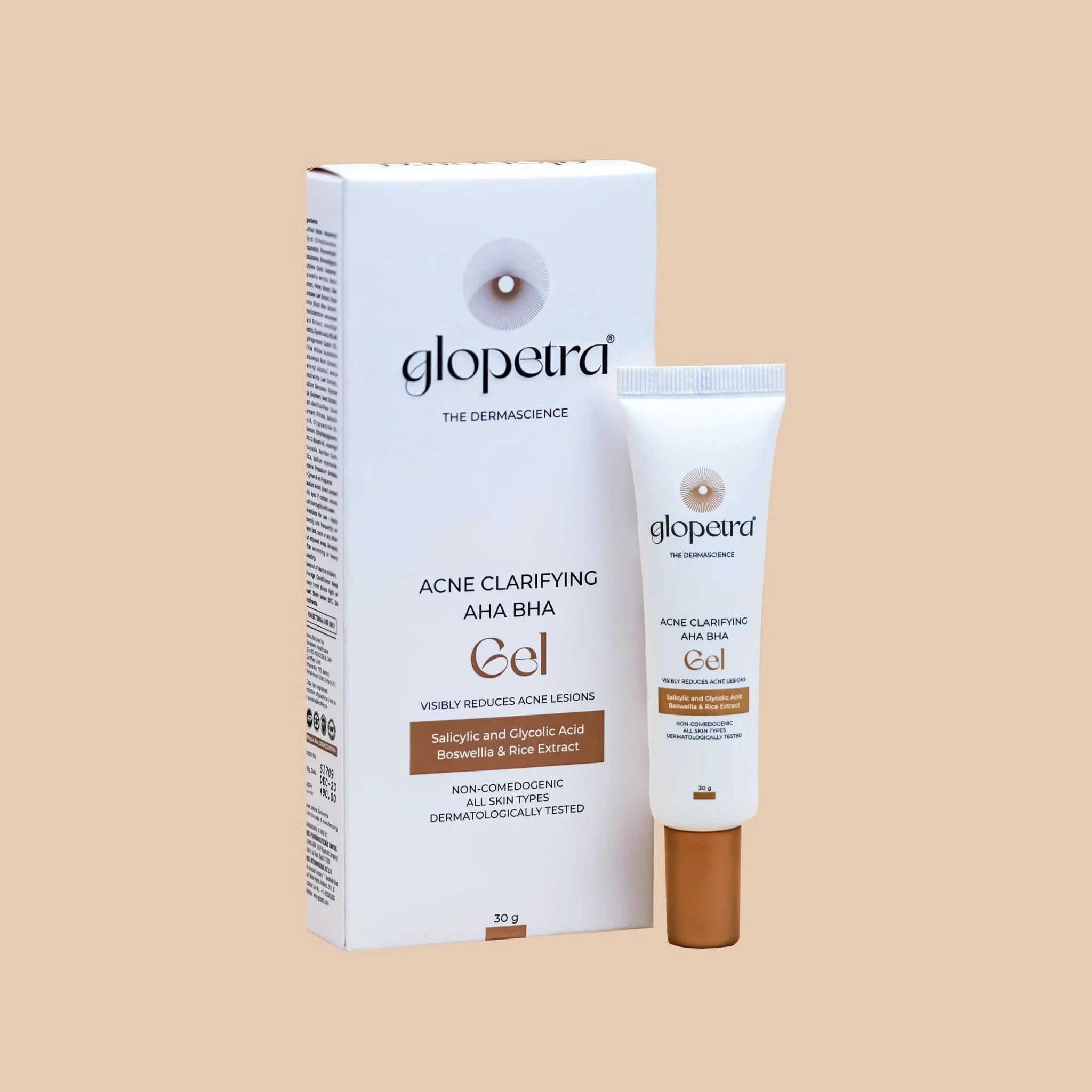
Comparing Retinol and Niacinamide for Hyperpigmentation
Comparing Retinol and Niacinamide for Hyperpigmentation- What’s up, skincare addicts! If your interest is to find a solution to hyperpigmentation, then you are already familiar with retinol and niacinamide which are powerful ingredients. Both are skin-care greats, however, their function differs when it comes to working on those dark spots. So, let’s break it down so that you understand which of the two deserves your pocket space in your skin regimens!
Hyperpigmentation – What is it?
Before we get our hands dirty and review the ingredients, what is hyperpigmentation? To put it in layman’s terms, this is the condition when the skin presents some darker patches due to a higher build-up of melanin than normal in some areas. There is a stigma attached to this condition like age spots, post-acne marks, and chloasma. It is perfectly fine, but if you are not ready to accept it, then you are in good company! People have been trying to get rid of these spots for centuries.
Why is Retinol Important?
Retinol is that fun element in the skincare for it is a synthetic derivative of vitamin A. It is a vitamin that helps the skin to spawn efficiently. It fastens the process of cell turnover, which means it encourages the shedding of dead cells and the growth of new cells. This makes it perfect for treating dark spots, wrinkles, and even acne scars.
Why we adore Retinol
- Cell Turnover: It allows your skin to renew itself, which is crucial for speeding up the lightening of those tough-to-remove dark spots.
- Disappearance of Fine Lines: It increases levels of collagen, therefore giving your skin a youthful bouncy appearance.
- Everything Above: The product helps to enhance skin texture and color and improves skin appearance overall.
But Wait—The Downside
The bad news is that one would anticipate some side effects because retinol is rather strong for someone who is not used to it. There could be a feeling of dryness, redness, or even flaking of the skin, and hence it is advisable to do it gradually. Start slow—perhaps twice a week—and make sure to use sun protection! It’s an obligatory one since retinol tends to increase skin sensitivity to the rays of the sun.
TIP- Try Glopetra’s Retinol 0.2% serum for better results.
Niacinamide: The Multi-Tasker

What’s Up with Niacinamide?
Niacinamide, also referred to as vitamin B3 is the best friend we already have. This ingredient has a lot of soothing features which is why it works on a number of body issues. It helps in calming the skin, controlling oil levels, and other such tasks – no doubt – this ingredient is a treasure.
Why You’ll Love Niacinamide
- Brightening Power: It helps to inhibit melanin production, which can help lighten the appearance of dark spots over time.
- Anti-inflammatory: Niacinamide soothes discomfort and redness in sensitive skin or acne.
- Hydration: Moreover, niacinamide also helps to reinforce the skin’s barrier so as to retain moisture content and combat dry skin.
Let Us Take A Closer Look At The Side Effects
And the best part? Niacinamide is often mild and can be used on any type of skin. You can put it underneath a sunscreen or any other product without the risk of adverse effects. It's a victory for everyone!
TIP: Try Glopetra's Niacinamide and Hyaluronic Acid Serum for better results
Let the Battle Begin: Retinols and Niacinamide
Effects on treatment of Hyperpigmentation
- Retinol: In case you opt for the stronger approach to dark spot fading then retinol is the answer. I magic wand of cell turnover brings results fast but there may be some negative effects associated with it.
- Niacinamide: Those who want to use something effective but aren’t ready for the challenge or have sensitive skin, can depend upon niacinamide. It is indeed effective but it may lag in showing the effects when compared to retinol.
Skin Tolerance
- Retinol: Most suited for users with tougher skin. If you are sensitive to such products or are just a beginner, use sparingly.
- Niacinamide: Ideal for all skin even if this means borderline for your skin. It's that aspect that is always present in a likable manner.
Layering and Combining
You are not required to use one at the expense of the other! Many people manage to utilize both within their regimes successfully. Using niacinamide for the daytime to hydrate and protect the skin, whilst using retinol at night to enhance skin cell turnover whilst sleeping.
Conclusion: Both retinol and niacinamide have their advantages in the battle against hyperpigmentation. If you want to jump in without waiting and irritation is not an issue for you, retinol is probably your best ally. And then, if you are averse to such harshness, they have niacinamide, the one that does everything but is very kind.
FAQs
- Can niacinamide be applied together with retinol?
Without a doubt! Both products can be used in the same step, however, some users prefer to use them separately. For the most effective treatment experienced users recommend using niacinamide in the morning and retinol in the evening.
- How long should one apply retinol to treat hyperpigmentation before one sees results?
Usually, about 4-6 weeks into your treatment with retinol, you would see some improvements but in some cases, there may be a need to wait for approximately 3-6 months, depending on an individual’s skin type and level of pigmentation.
- Should niacinamide be avoided if one has sensitive skin?
No, niacinamide is one of the most mild ingredients and is suitable for all, even for sensitive skin. Instead, it can reduce redness and irritation.
- How do I use retinol for the first time?
Go easy on yourself it means do not rush! Try not to use more than a couple of times per week for starters and use a low dose of retinol primary 0.2% or 0.5%. Usage should be extended as skin gets used to it.










